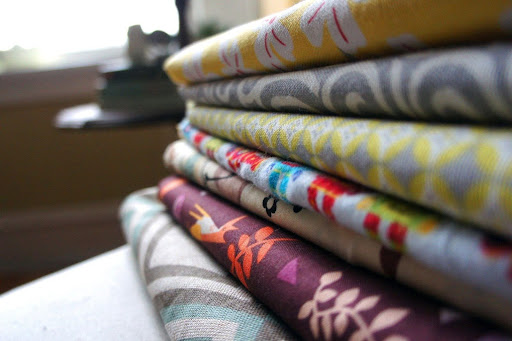How to Buy High Quality Fabrics Online?
- 94 Views
- arslanchaudhary7439@gmail.com
- May 15, 2025
- Fashion
Buying high quality fabrics online comes with some high quality benefits when you are unable to inspect materials in person prior to purchasing. Smart shoppers require worthy means of determining quality, texture and durability via digital shops. This guide uncovers seven key elements for choosing fabrics online, ranging from interpreting composition labels to examining supplier reputations. For customers looking for reliable sources, T and A textiles online shop sets the benchmark for quality online fabric store standards. When you’re buying materials for fashion design, home decor or crafting, these tips will guide you through swatch cards and product descriptions to make informed buying decisions at home.
Knowing Fabric Composition
Always check the material composition in product descriptions. Natural fibres such as 100% cotton, linen and wool generally provide better quality than synthetic blends. Good sellers give clear breakdowns when fabrics mix materials (e.g., “55% linen, 45% cotton”) as well as ISO-certified test results. Avoid imprecise descriptions such as “linen look” which usually means synthetic copies. QuaQualitytailers also label clearly all fabric content, fibre origin and weight in GSM (grams per square metre) – essential for determining suitability for various projects. This can be used to predict how fabric will drape, wear and react to cleaning.
Checking Digital Swatch Accuracy
Quality fabric retailers use colour-calibrated photography to show products accurately. Expect several high-resolution images displaying materials under varying lighting conditions. Some vendors provide physical swatch posting services for accurate colour matching, especially useful for upholstery or design work. Look for websites that offer Pantone references or colour disclaimer statements regarding screen differences. Close-up imagery must expose weave patterns and surface textures that influence drape and handling. Serious quality suppliers typically provide videos that illustrate how the fabric drapes and reflects light.
Evaluating Seller Reputation
Look into retailers outside their website. Verify independent review sites for customer reviews regarding fabric quality as described, shipping and customer service. Search particularly for reviews that reference colour accuracy, material hand-feel and washing durability. Established sellers tend to engage in fabric enthusiast forums with verifiable feedback. Be cautious of new websites selling designer fabrics at suspiciously low prices, which could be a sign of counterfeit materials. A retailer’s quick response to questions and willingness to give more information are usually signs of their general reliability.
Minimum Order Quantities
Good quality suppliers usually have sensible minimum order quantities, normally selling by the metre. Some high-end mills have higher minimums but also offer sample services. Look at sample policies – good sellers supply cheap samples (normally 10x10cm to 20x20cm) that show real material quality. Sampling is crucial for costly fabrics before bulk orders. Certain stores offer discounted sample packs featuring their selection, ideal when venturing into new materials. Clarify any bulk discounts offered on higher volume projects to maximise budgets.
Return Policies
Review return policies thoroughly, as fabric is generally a final sale. Quality suppliers back their products with satisfaction guarantees or return periods for unused materials. Check for flaw reporting procedures – even high-quality fabrics occasionally have weaving or dyeing flaws. Good sellers explicitly define policies for dealing with defective materials, such as replacement possibilities. Sellers that make returns extremely hard or provide no guarantees of quality should be avoided. A few include small free “insurance” cuts as compensation for possible flaws in shipped material.
Ethical Sourcing
Green consumers need to learn about production ethics. Opt for certifications such as GOTS (Global Organic Textile Standard) for organic cotton, or Oeko-Tex certification for protection against toxic substances. Good retailers offer transparency on supply chains and manufacturing. Consider environmental effects – linen and hemp tend to have smaller footprints than standard cotton or synthetic fabrics. Deadstock or recycled materials are offered by some suppliers as sustainable options. Fair trade certifications signal ethical working conditions in fabric production.
Conclusion
Buying high-quality fabrics online requires product attention, the reputation of the seller and the terms of buying. Using these seven checklists, you can now confidently choose materials that live up to your quality standards. Cultivating these skills in discernment makes digital textile buying successful and substandard material-free. Keep in mind that spending on research and sampling pays in the long run in the form of money and frustration savings. With experience, you’ll be skilled at finding the best online fabric sources for all your professional and creative textile requirements, producing gorgeous results in every project.
Visit Study Cafe for more informative blogs.
